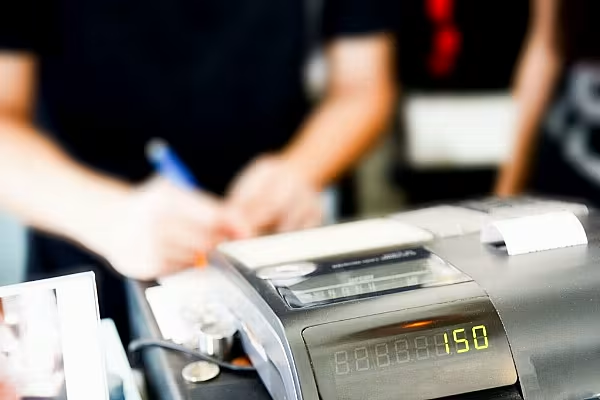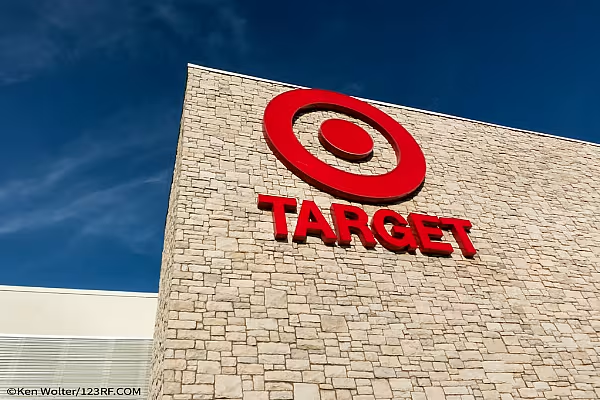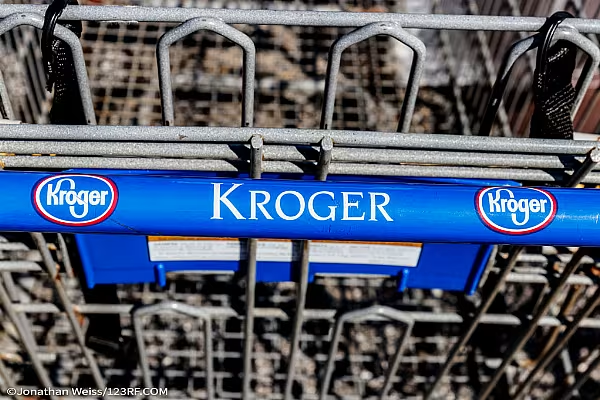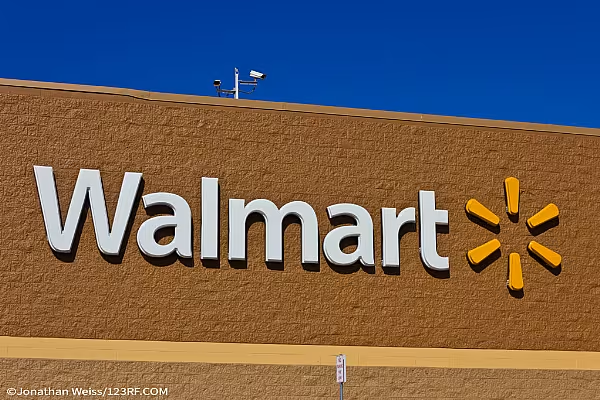After years of watching shoppers flit from store to store in search of the biggest deals, U.S. retailers are hoping their attempts at building some loyalty will finally pay off this holiday season.
Chains have aggressively rolled out rewards programs in recent years, and there are signs that the efforts are beginning to get results. Hollister’s stunning 8 percent same-store sales growth last quarter was credited in part to the teen retailer’s Club Cali perks.
“Competition is very stiff,” said Gabriella Santaniello, founder of retail research firm A Line Partners. “They need to offer something to the customer that keeps them coming back to your store.”
Membership
U.S. consumers hold a total of 3.8 billion memberships in customer-loyalty programs, up from 3.3 billion in 2015, according to a report earlier this year from research firm Colloquy. Initiatives come in a variety of forms: Some offer points that can be cashed in for future purchases. Others, like Amazon.com Inc.’s Prime, require a membership fee. For $99 a year, Prime subscribers get free two-day shipping, online services and a range of discounts.
Nearly half of the loyalty membership tracked by Colloquy -- 1.6 billion -- are tied to retail chains. That means there are roughly five different store accounts for every man, woman and child in the U.S.
The sheer number of accounts implies that Americans aren’t being especially loyal to their loyalty programs. But retailers are eager to mimic the success of Prime, whose millions of subscriptions help Amazon lock in customers.
Cheaper Turkeys
Prime’s influence will only grow over the holiday season as it infiltrates Whole Foods, the grocer that Amazon acquired in August. Whole Foods is turning Prime into the chain’s rewards program, and it gave a peek last week at how it will work. Regular customers can get an organic turkey for $3.49 a pound; Prime customers pay just $2.99.
At Hollister, a chain owned by Abercrombie & Fitch Co., the Club Cali program now has 8 million subscribers. The effort has led members to spend more money -- and more often -- at the retailer, said Chief Executive Officer Fran Horowitz. It’s also a way to glean data on what shoppers want.
“Our loyalty club continues to provide a wealth of insight,” she said during a conference call Friday.
Sears Holdings Corp. also has made a rewards program the linchpin of its turnaround plan -- with less success.
CEO Eddie Lampert has adopted a points system called Shop Your Way that straddles the retailer’s online and brick-and-mortar operations. It hasn’t done much to reinvigorate sales, but the company has used insights from its members to make decisions.
Catalog Decision
Sears decided to bring back its holiday print catalog because of input from members, marketing chief Kelly Cook said last month. It also crafted its holiday promotions based on feedback.
Macy’s Inc., meanwhile, announced a new version of its Star Rewards program in September. The system has platinum, gold and silver tiers, which depend on how much shoppers spend. A customer who shells out at least $500 a year, say, gets free shipping and 25 percent off a day of shopping.
“It’s the beginning of a journey,” CEO Jeff Gennette said in an interview. “We have competitors that did a much better job of their loyalty program than we did. So, we learn from that.”
Children’s Place Inc. also overhauled its program, swapping out coupons and using points-based offers, A Line Partners’ Santaniello said.
“They figured out that more loyalty points worked better,” she said.
Spending Growth
The good news is there should be a bit more money to go around this holiday season. The National Retail Federation expects sales to increase as much as 4 percent in November and December. The forecast excludes spending on cars, gas and restaurants.
When loyalty programs click with consumers, they can be highly effective. Starbucks Corp.’s rewards system has boomed in recent years, and its members now account for 36 percent of money coming into the chain.
But that brings a double-edged sword. When the coffee giant revamped the system in 2016, the changes irked customers -- with complaints lighting up social media.
The gold standard for rewards programs remains Amazon’s Prime. Its subscribers spend more money than other customers and they’re extremely loyal, according to Bain & Co. The consulting firm found that Amazon retains 91 percent of first-year Prime members and 96 percent of second-year subscribers.
For companies without Amazon’s clout, it can be tough to stand out -- especially when shoppers have a wallet full of loyalty cards. It helps if retailers can offer a range of incentives to help keep customers from straying, Santaniello said.
“Customers are fickle and they get bored easily,” she said. “They need to change the offer up in order to keep them engaged.”
News by Bloomberg, edited by ESM. Click subscribe to sign up to ESM: The European Supermarket Magazine














